When it comes to setting up a reliable home gym, one essential piece of equipment is often overlooked: the 7 ft standard barbell. Whether you're training for strength, size, or general fitness, understanding the features and benefits of a 7 foot barbell standard can make a noticeable difference in your performance and progress.
What Is a 7 ft Standard Barbell?
A 7 ft standard barbell typically measures 84 inches in length and is designed to fit most bench press and squat rack setups. Unlike Olympic barbells, which are slightly thicker and heavier (usually 45 lbs), a standard 7-foot bar is often lighter—around 20 to 25 lbs—and features a 1-inch diameter sleeve that fits standard weight plates.
This makes it an ideal choice for beginners, home gym users, or anyone who wants to perform compound lifts without the bulk or cost of commercial-grade equipment.
Key Features to Consider
-
Bar Diameter: Most 7 ft standard barbells have a 1-inch shaft diameter. This size pairs with standard (not Olympic) weight plates, which are more affordable and easier to store for many users.
-
Weight Capacity: While these bars are often lighter than Olympic models, many can still handle up to 250–300 lbs—plenty for the average home lifter. Always check the bar’s max load rating before purchasing.
-
Knurling: Good grip is essential. Look for moderate knurling (the textured area) for secure handling during pressing or pulling movements without overly aggressive abrasiveness on the hands.
-
Rotation: Most 7 foot barbell standard models don’t have the rotating sleeves found in Olympic bars. This is fine for slower, controlled lifts like bench presses, curls, or squats, but may be limiting for power cleans or snatches.
Benefits of Using a 7 Foot Standard Barbell
-
Space-Saving: Standard barbells often work better in compact gyms, thanks to their narrower sleeves and smaller weight plates.
-
Budget-Friendly: Both the bar and matching plates are usually more affordable than Olympic counterparts.
-
Versatile: Suitable for all the major compound movements—deadlifts, bench press, overhead press, squats—as well as accessory work like curls or rows.
-
Beginner-Friendly: The lighter bar weight and manageable size help newer lifters focus on form rather than just loading up weight.
My Experience: Why I Keep a 7 ft Standard Barbell in My Garage Gym
When I first set up my home gym years ago, I invested in a 7 foot standard barbell because it was affordable, easy to handle, and perfectly suited for my squat stand and flat bench. Over the years, I’ve used it for everything from strict overhead presses to Romanian deadlifts and even landmine work with a simple sleeve attachment.
It’s still one of my most-used pieces of equipment—not because it’s flashy, but because it’s reliable. Even after switching to Olympic bars for some lifts, I keep the 7 ft standard bar in rotation for its comfort and versatility. It’s especially great for friends or family members who are just getting started and find the lighter bar easier to control.
Common Mistakes to Avoid
-
Mixing Plate Types: Standard bars require 1-inch hole plates. Avoid mismatching Olympic plates (2-inch holes), which won’t fit.
-
Ignoring Weight Limits: Don’t overload a standard barbell past its rated capacity—this can cause bending or breakage.
-
Neglecting Maintenance: Wipe the bar down regularly to prevent rust, and check the collars or ends for signs of loosening over time.
Final Thoughts
The 7 ft standard barbell may not have the prestige of an Olympic bar, but it’s a practical, hardworking option for home gym lifters. Its manageable size, cost-effectiveness, and versatility make it a smart foundation for anyone building strength at home. Whether you're bench pressing for reps or curling with control, a standard 7 foot barbell offers the support you need to train with confidence.




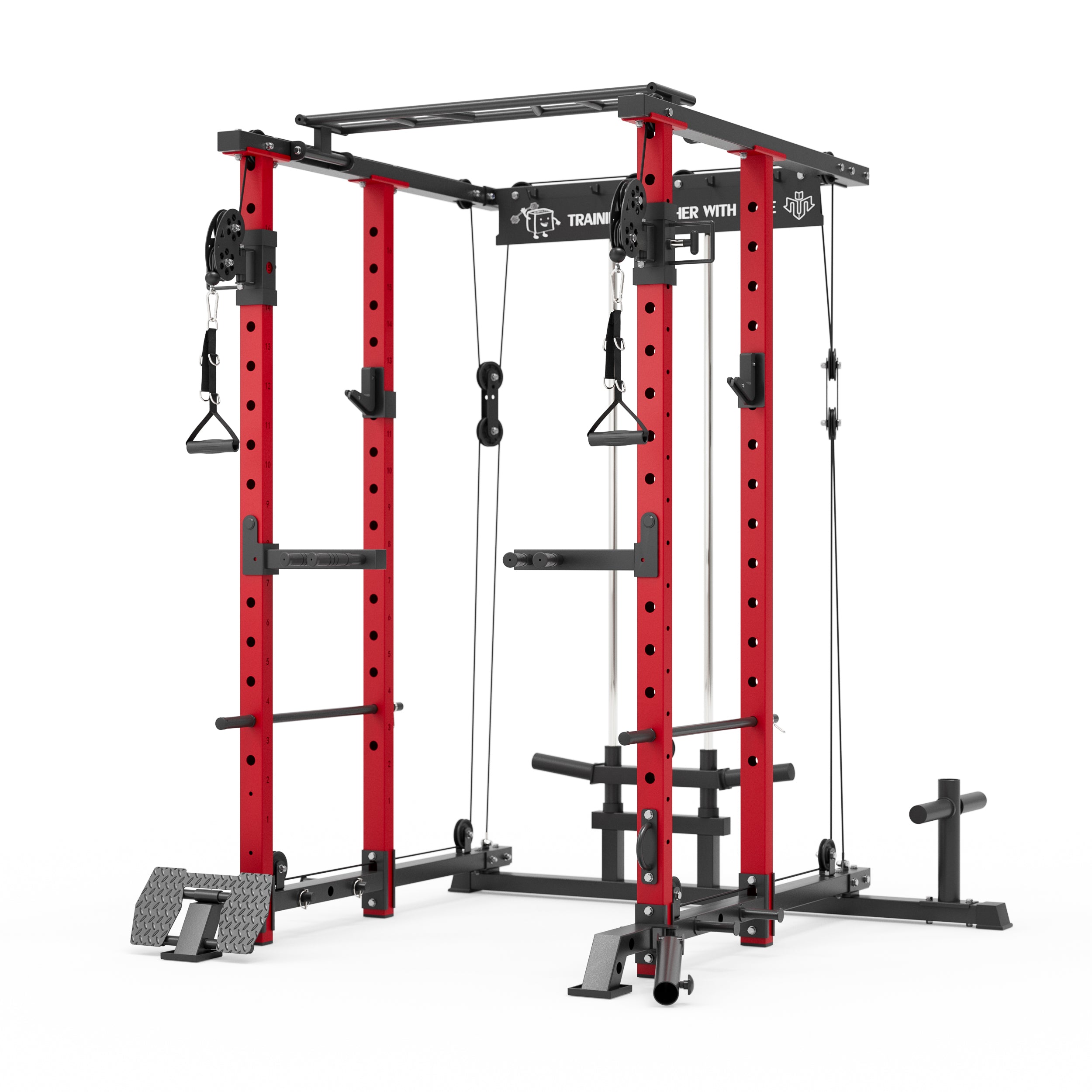


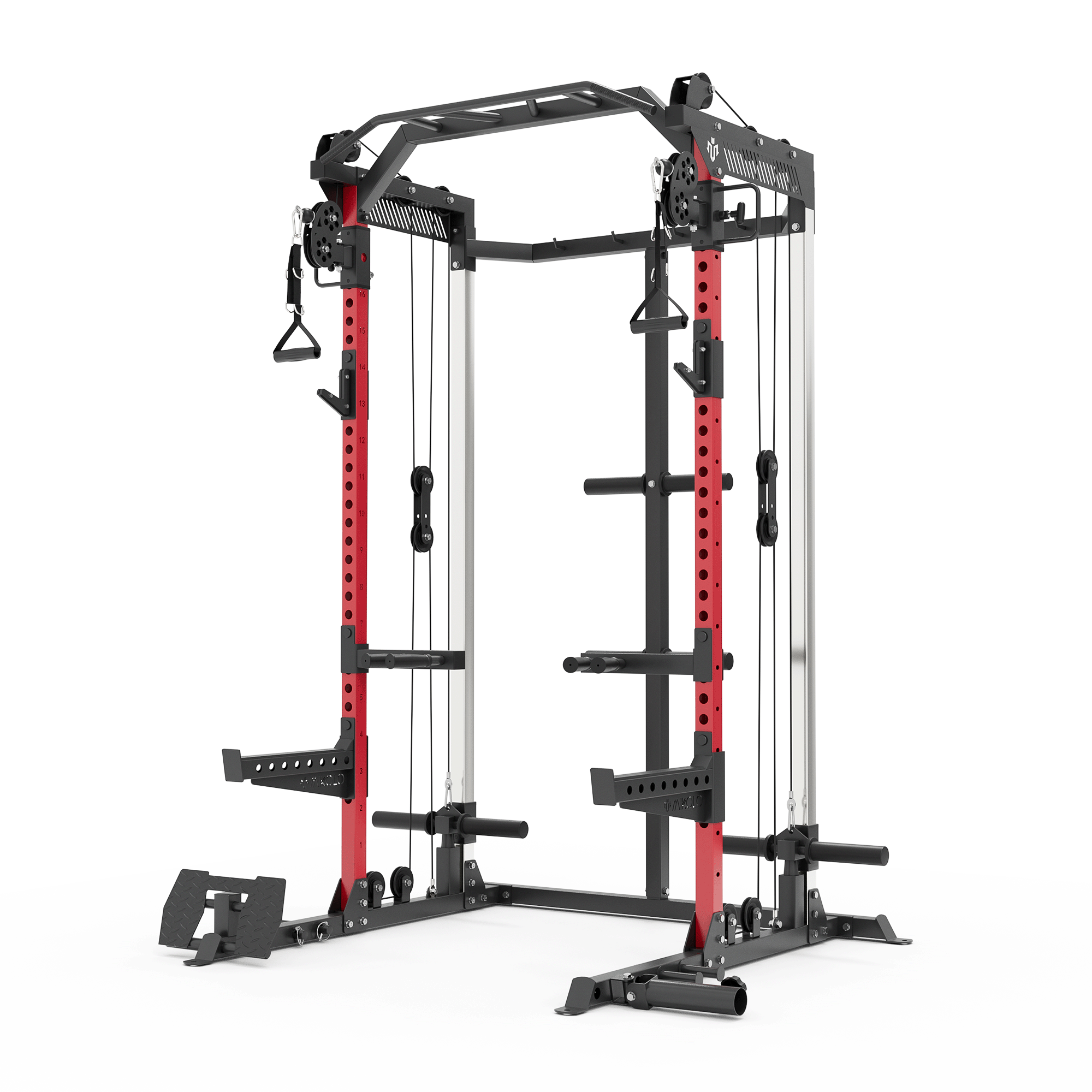



















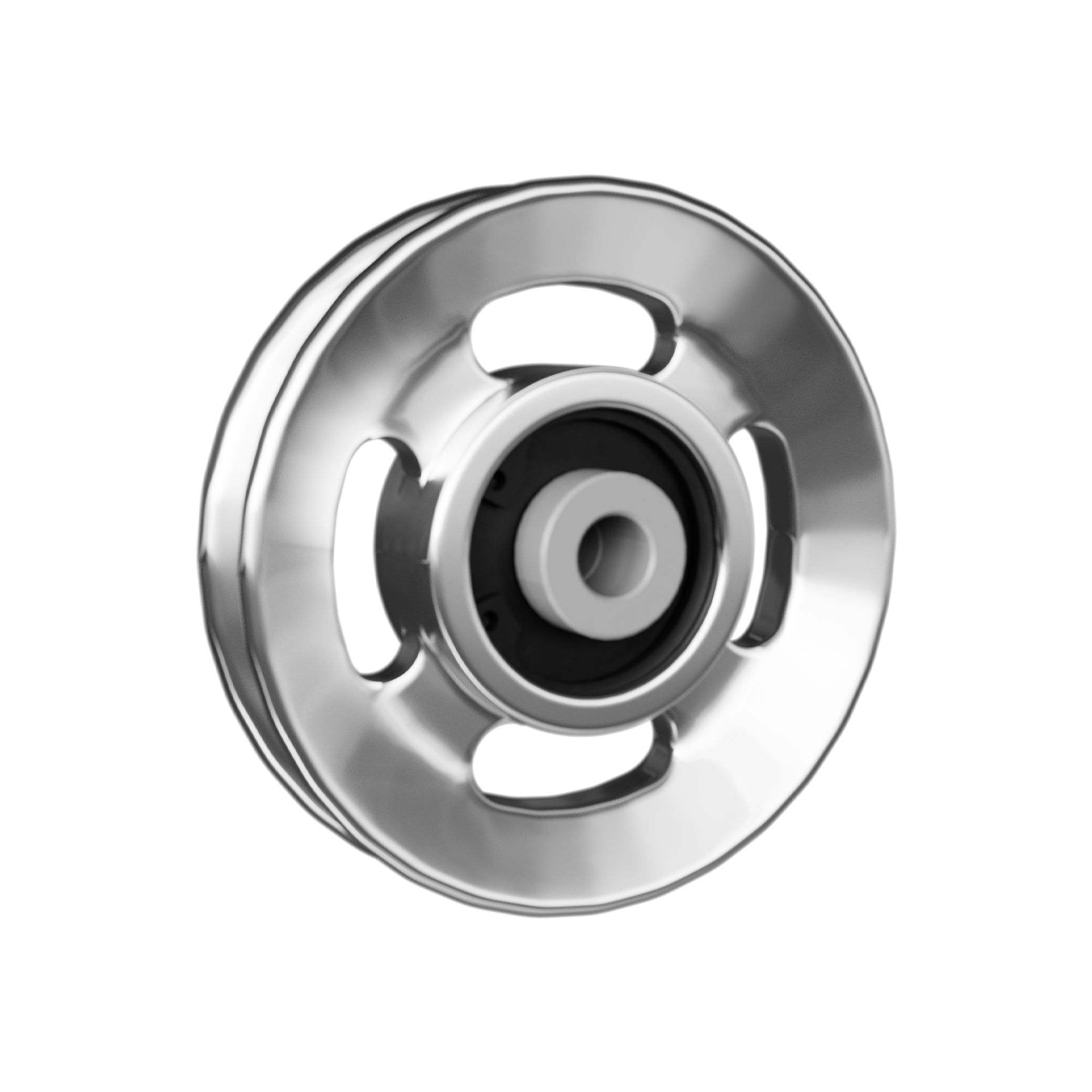



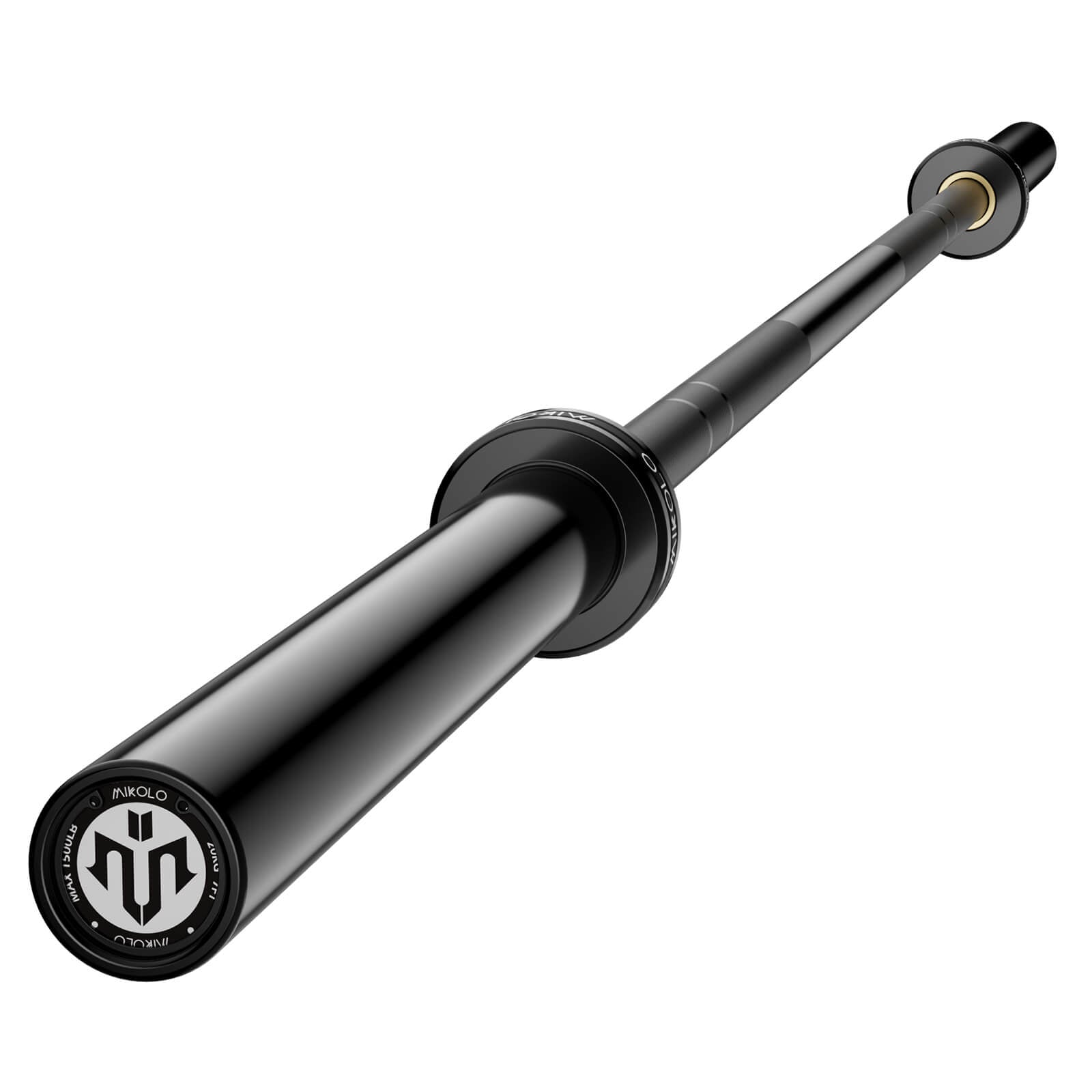









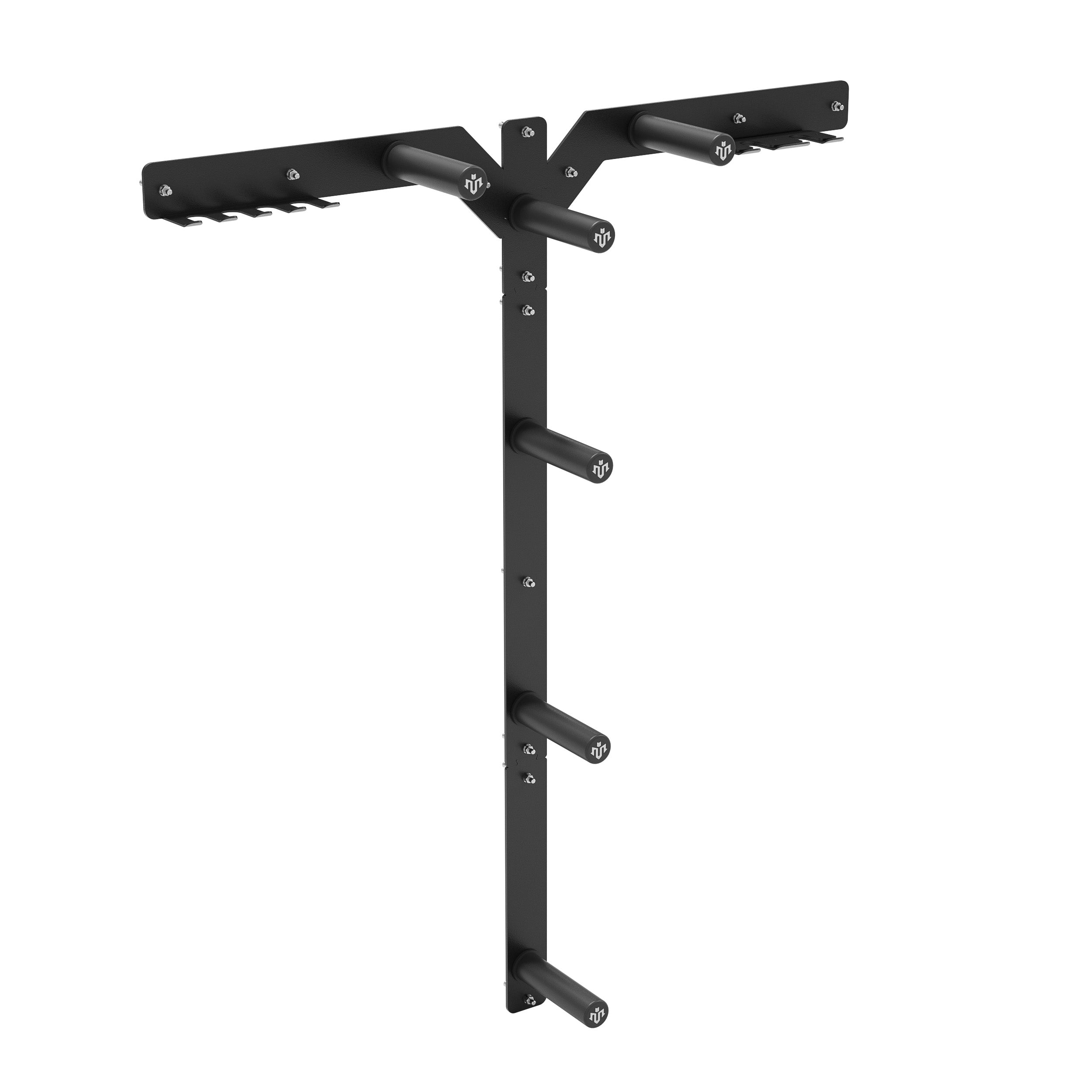





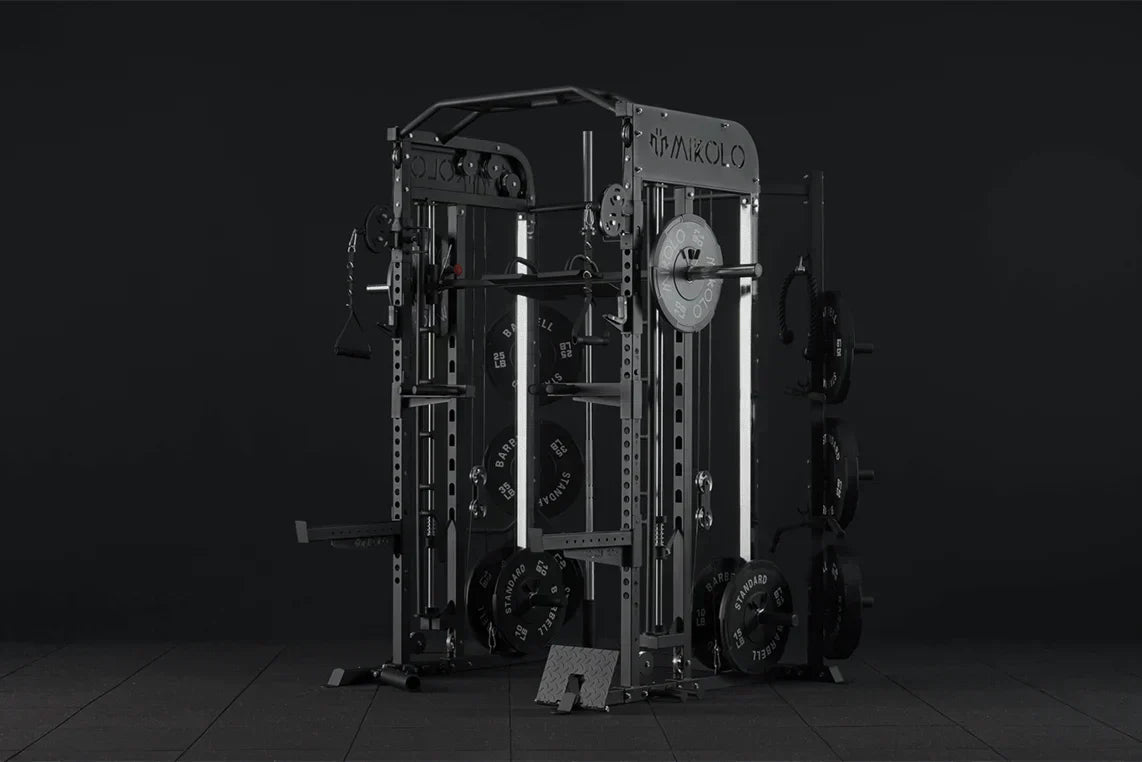
Leave a comment
This site is protected by hCaptcha and the hCaptcha Privacy Policy and Terms of Service apply.